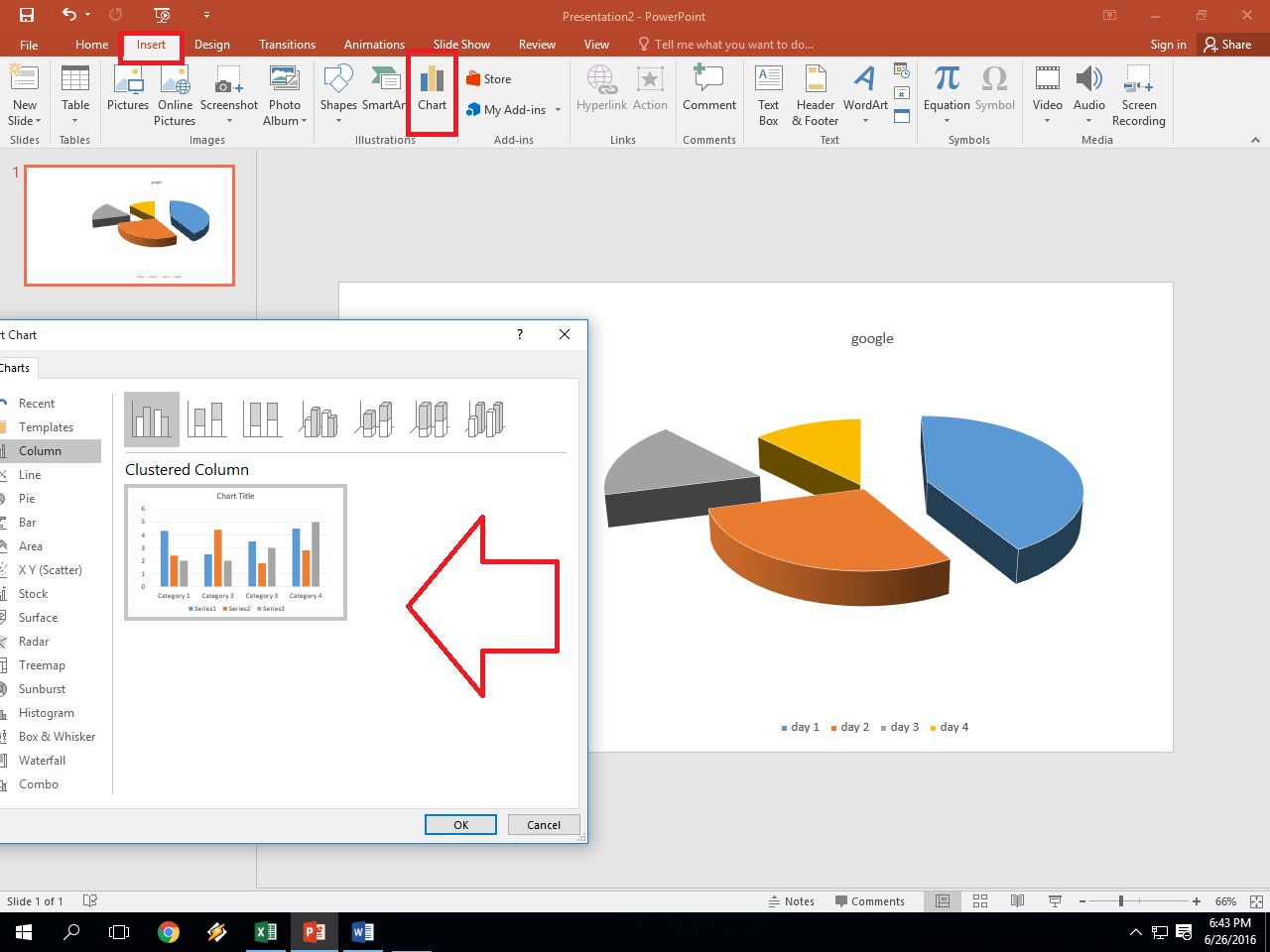Create Your Own Excel Sheets Instantly: Easy Guide

Understanding Excel Sheets

Excel, Microsoft’s renowned spreadsheet application, offers a versatile platform for organizing, analyzing, and storing data. Known as Excel sheets or workbooks, these documents are central to numerous professional and personal tasks. But what exactly is an Excel sheet? At its core, it’s a grid of cells arranged in rows and columns, where each cell can hold data ranging from numbers and text to formulas and functions.
An Excel workbook is a file containing one or more sheets, each offering a separate canvas for data manipulation. Here are some key features:
Rows & Columns: Excel sheets are divided into rows (numbered from 1 to 1,048,576) and columns (labeled A to XFD, from 1 to 16,384).
Cells: Each cell in this grid can be identified by its unique address or cell reference (e.g., B2). They can contain:
- Text (labels or descriptions)
- Numbers (calculations or values)
- Formulas & Functions (to perform calculations, manipulate data, etc.)
- Formatting (to enhance readability, conditional formatting, etc.)
Worksheets: A single workbook can contain multiple sheets (up to 255 in older versions, up to 1,024 in modern Excel). These sheets can be named and color-coded for easy navigation.
Data Types: Cells can hold various data types, including dates, times, text, numbers, and errors.
Understanding these basics equips you to dive deeper into Excel’s functionalities:
💡 Note: Keep in mind that Excel offers different versions with slight variations in features and capacities. Ensure you're using a recent version for optimal functionality.
Creating Your First Excel Sheet

Creating your first Excel sheet is an exciting step into the world of data management:
Open Excel: Launch Microsoft Excel from your computer or access it online through Office 365. The application will open to a blank workbook with a default sheet named ‘Sheet1’.
Adding Data: Begin by clicking on any cell to add data. Here’s how you can manage content:
- Enter Data: Click, type, then press Enter or Tab to move to the next cell.
- Edit Data: Double-click the cell to edit the content directly or click to select, then edit in the formula bar.
Formatting Cells: To make your data stand out:
- Use Bold, Italics, or Underline for text emphasis.
- Choose from pre-set formats for numbers (currency, percentage, date, etc.).
- Adjust font size, color, and style through the Home tab’s options.
Using Formulas & Functions: Excel’s power lies in its ability to perform complex calculations:
- Start with simple formulas (e.g.,
=A1+B1). - Dive into functions like
SUM(),AVERAGE(), orVLOOKUP()for more advanced data manipulation.
- Start with simple formulas (e.g.,
Advanced Features for Data Analysis

Once you’re comfortable with the basics, you can leverage Excel’s advanced features for sophisticated data analysis:
Pivot Tables: An indispensable tool for summarizing, analyzing, and exploring data. Here’s how to create one:
- Select your data range.
- From the Insert tab, click on ‘PivotTable’.
- Define the source data and where you want the PivotTable.
- Drag fields into Rows, Columns, Values, and Filters to analyze your data dynamically.
Charts & Graphs: Visualize data trends with:
- Pie charts for proportions
- Line charts for trends over time
- Bar and Column charts for comparisons
- Scatter plots for showing relationships between variables
- Access charts through the Insert tab, choosing the type that best represents your data.
Data Validation: Ensure data consistency by:
- Going to the Data tab, selecting ‘Data Validation’.
- Setting rules for what can be entered into cells (e.g., whole numbers, date ranges, or dropdown lists).
Conditional Formatting: Highlight important information:
- Use the Home tab, choose ‘Conditional Formatting’.
- Apply rules like color scales, data bars, or highlight cells based on criteria (e.g., values above average, duplicate values).
Collaboration and Sharing

Modern Excel allows for real-time collaboration:
Sharing: From the File menu, select Share to send the workbook or get a shareable link. You can:
- Share to OneDrive or SharePoint for collaborative editing.
- Choose who can view or edit the workbook.
Co-Authoring: Multiple users can work on the same document simultaneously:
- Each user’s cursor appears in a different color, allowing for easy tracking of contributions.
💻 Note: Collaboration requires internet access and a compatible version of Excel or online access.
Wrapping Up

In this extensive guide, we’ve explored how to create, manipulate, and enhance Excel sheets. From understanding the basic structure to utilizing advanced features for data analysis, you now have a solid foundation to start leveraging Excel for your data needs. Excel’s vast capabilities open up numerous possibilities for data visualization, management, and analysis, transforming raw data into actionable insights. Whether for personal budgeting or managing complex corporate finances, Excel sheets are a fundamental tool in the digital era.
How do I add multiple sheets to my workbook?

+
To add multiple sheets, click the + (plus) icon at the bottom of the workbook interface. Right-click a sheet tab, choose ‘Insert’, and add as many sheets as needed. You can also rename or rearrange them by right-clicking and selecting the appropriate options.
What are the limitations of Excel?

+
Excel has several limitations like the maximum number of rows (1,048,576) and columns (16,384), storage size (4 GB file size limit), and performance with large datasets. Advanced users often turn to other data analysis tools for handling very large datasets or for real-time data analysis.
Can I use Excel online for free?

+
Yes, you can use Excel Online for free with a Microsoft account. While not as feature-rich as the desktop version, it offers essential functionality for creating, editing, and sharing Excel sheets over the internet.
How can I protect my Excel data?

+
Excel provides various methods for data protection: - Password protect the workbook or specific sheets through File > Info > Protect Workbook/Sheet. - Restrict editing with data validation rules to prevent inappropriate data entry. - Use cell and worksheet protection to lock cells or entire sheets against editing.



